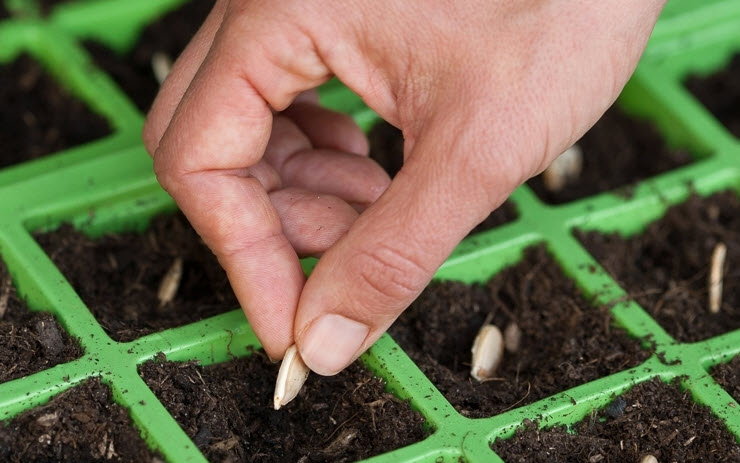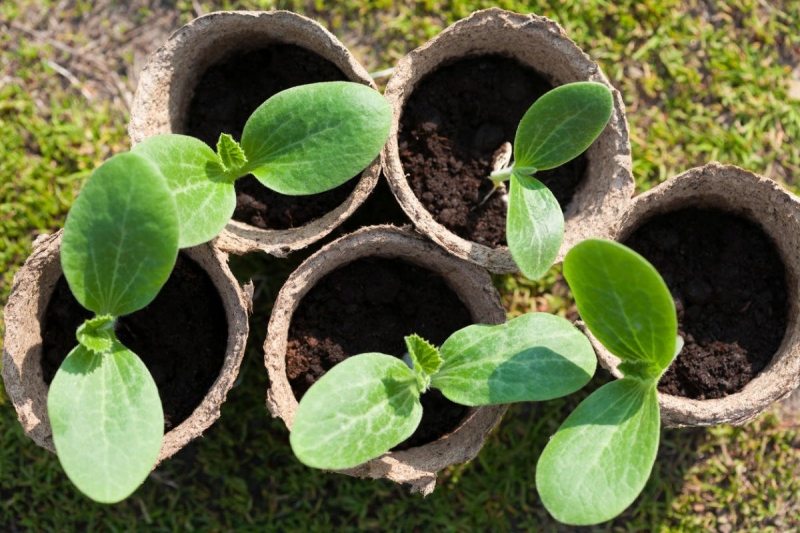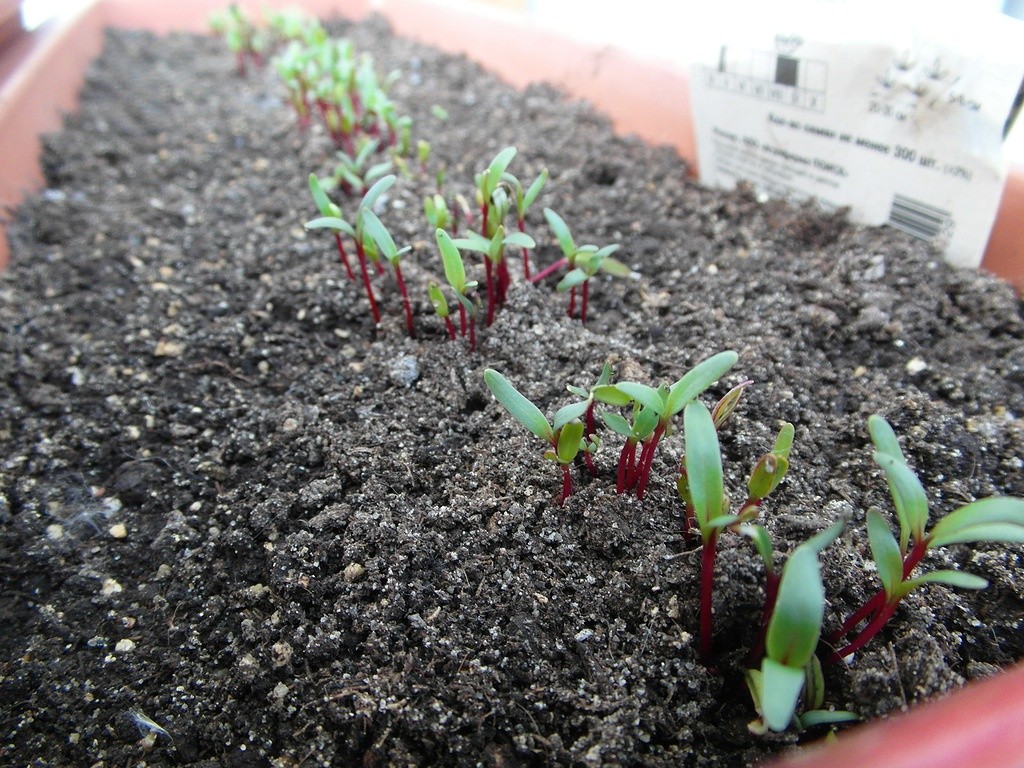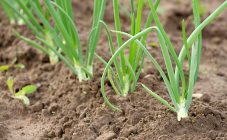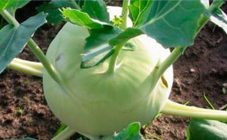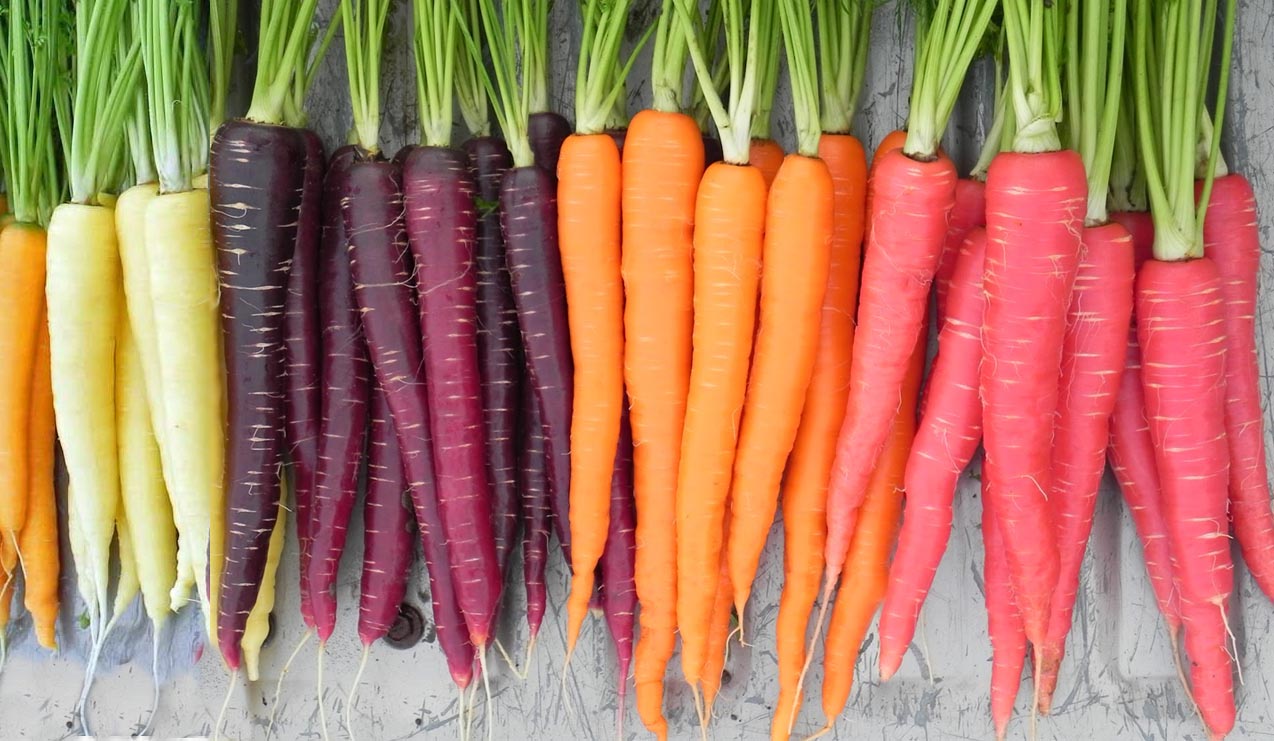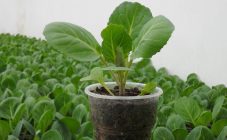Content:
The homeland of the beloved zucchini is distant North America. Several hundred years ago, only its seeds were eaten. From Mexico in the 16th century. zucchini came to Europe, where for a long time they did not know how to use it, so they admired the unusual flowers, growing in the botanical garden. And only two centuries later, brave Italian chefs decided to try to cook food from zucchini fruits.
Short story
The squash is a cousin of the pumpkin and produces oblong yellow, white, black or green fruits. The pulp of the fruit is of a delicate consistency, quickly boiled down. And how many pickles can be made from zucchini! In addition to snapping seeds, as in Mexico, it is eaten:
- like a salad;
- stewed;
- fried with garlic;
- in the form of boiled porridge;
- like jam and jam;
- pickled and salted.
Zucchini fruits are rich in iron, organic acids, potassium, vitamins B6, B1, B2, C, carotene.
Despite the modest dimensions of the zucchini, history also knows giant record holders weighing 61 kg. He was raised by John Handbury from the UK in 1998.
Zucchini varieties
Varietal characteristics of zucchini differ not only in fruit color and size, but also in the timing of their ripening: early, middle or late. Also what the plant will be: climbing or bush. Basically, zucchini have whips that take up a lot of space in the garden, which is not very convenient in small summer cottages of 6 acres, because you want to plant a little of everything. This is where the bush type of zucchini comes in handy, which has a compact size, which can even fit in a flower bed.
Bush types
- Aeronaut. Refers to compact types of zucchini. Fruits reach a length of 15 cm, disease resistant. They have good taste and are versatile in use. Well transported. Harvest up to 7.5 kg per 1 sq. m. The variety is early, the fruits ripen on the 45th day.
- White... Differs in white fruit color, compact. Possesses ultra-early maturity: the first fruits can be harvested in 35-40 days. Oval-shaped vegetables with excellent flavor and firm flesh. Stored for a long time.
- Waterfall - hybrid of early ripening period. Fruit weight reaches 500 g. White pulp with dense consistency. This variety has a high yield and good resistance to diseases.
- Odessa - early maturing bush variety with excellent disease resistance. It has a yellowish-pink flesh, cylindrical fruits of light green color. Good for preservation.
Self-pollinating species
Usually, zucchini have both male and female peduncles that are pollinated by pollen-carrying insects. But in winter, in greenhouse conditions, this type of pollination becomes problematic. And here self-pollinated varieties can help out, which, in addition to greenhouse cultivation, grow well in open ground. We are talking about the following varieties:
- Kavili- a high-yielding and early maturing variety. The fruits reach a length of 22 cm and have a juicy pulp. Ripens within 1.5 months. The formation of new fruits lasts 2 months.During this period, the yield reaches up to 9 kg per 1 sq. m.
- Jellyfish - Super early variety, hybrid with dense pulp. The first fruits can be harvested after 35 days. Fruit weight up to 800 g, length up to 25 cm.
- Parthenon- a very compact variety: on an area of 1 sq. m. you can plant up to 4 bushes. Excellent yield, hybrid. Perfectly sets fruit, early maturing. The pulp has a pleasant taste, juicy, dense. Productivity from 1 sq. m 15 kg. Bears fruit for a long time, until September. Great for planting in the Urals.
Early
Early varieties are especially appreciated, since these are the very first, long-awaited vegetables on the table:
- Iskander Is a self-pollinating hybrid. The first crop can be harvested after 45 days. It differs in that even low temperatures do not hinder this variety in setting fruit. This is especially important in the northern regions. For 1 sq. m fits 4 zucchini bushes. Fruits are 20 cm in size with juicy and tender pulp. Productivity up to 15 kg per 1 sq. m.
- Tsukesha. Fruit ripening occurs in 40-50 days. Zucchini weight up to 900 g, length 40 cm. Delicious and juicy. The crop can be harvested until the very frost. They tolerate transportation and storage well.
- Ball... Differs in round fruit in the form of balls, which have an excellent taste. Bush variety. Ripens in 50 days.
Average
- Gribovsky- long-flowered variety. Fruits are white in color up to 20 cm in length with tasty white pulp. From 1 sq. m. can be collected up to 8.5 kg.
- Zolotinka. The fruits ripen on day 50. This is a bush type marrow.
- Black handsome- bushy, universal type. The fruit can be harvested at 45 days. The pulp is greenish with a thin almost black skin. It is considered the most popular variety in the Leningrad region.
Late
- Spaghetti... In taste, such a zucchini does not differ from other varieties, but it ripens, then its pulp begins to resemble Italian pasta.
Features of growing zucchini in Siberia and the Moscow region
Today, breeders have developed such types and varieties of zucchini that they are not an obstacle to grow even in difficult and harsh northern conditions. The following types are great for the Moscow region, Primorye, Leningrad region:
- Gribovskie 37 - medium early, reliable and proven variety. A versatile zucchini that is well adapted to the conditions of the North.
- Roller - early appearance, tolerates cold snaps well. You can harvest the first fruits as early as 36 days after the sprouts appear.
- Anchor. It has a good taste and high yield. Cold-resistant variety for universal use. Fruit weight up to one and a half kilograms.
- Long-fruited - a bush variety characterized by delicious fruits weighing up to 900 g with juicy and tender pulp.
- Pharaoh... It is resistant to rot, early maturing and fruitful variety. Fruit weight up to 800 g. The pulp is sweetish, juicy and crunchy.
When to plant zucchini in open ground in the Moscow region? To get an early harvest on your site in Siberian conditions, seeds for seedlings must be sown at the end of April, and at the end of May, prepare a site, where then transplant the seedlings of zucchini.
Also, in the northern regions, you can plant zucchini with seeds directly into the ground. The only problem is the rather cool nights, but even here there is a way out, found by the savvy Russian people. You can stick flexible strong branches or wire in an arc and pull the film from above. Or simply cut off a 1.5 liter bottle and cover the sprout. You will have to hide young plants until mid-June, until the frost ends.
Growing seedlings: step by step instructions
- The first step is to prepare the ground. You can buy ready-made soil in the store, but you can prepare it yourself. To do this, pour 2 parts of compost and earth, preferably soddy, into the container. Add peat 6 parts and sawdust 1 part. Mix everything thoroughly. You can simply mix peat with sand in a 1: 1 ratio.
- Then you need to process the seeds in a special solution (add 1 tablespoon of ash to 1 liter of water). Immerse the seeds in it and leave for 2 days.
- Divide the prepared soil into pots and pour it with a solution of pale pink potassium permanganate.
- Plant the seeds, deepening them 1.5-2 cm into the soil.
- The pots can be covered with a sheet of glass on top, and when the first green shoots appear after 7 - 8 days, remove it and move the seedlings to a cooler place with a lot of light. You can just put it on the sunny side of the windowsill. If this is not done, the hatched seedlings will be elongated and thin, which will eventually lead to lodging and their death. It must also be remembered that young plants are very sensitive even to slight frosts, and temperatures below 0 ° C are detrimental to sprouts.
Preparing a place for planting seedlings
The place for the zucchini should be sunny, but protected from the winds. The best soil is fertilized and fertile, with a slightly acidic reaction and a loose structure.
In advance in the fall, you need to clear the site of plant debris and weeds, dig up the site and make it per 1 sq. m: 20 g of potassium sulfate, 5 kg of compost and 30 g of superphosphate or 4-6 kg of organic fertilizers.
In the spring, preparation will consist in loosening the earth with the addition of ammonium nitrate at the rate of 15 g per 1 sq. m. You can add a different composition: superphosphate - 20 g, potassium chloride - 20 g, wood ash 50-60 g or 60 - 90 g nitrophoska. On heavy soils, they are applied in the fall, and on light soils - in the spring for digging.
Best predecessors
It is better to plant zucchini in the place where they grew before:
- bow;
- cabbage;
- roots;
- carrot;
- potatoes;
- tomatoes;
- radish;
- dill;
- legumes.
At last year's planting site for zucchini, cucumbers or pumpkins, it will be possible to plant the same crops again, only after 3 years.
Planting seedlings in open ground
Many gardeners sow and transplant zucchini, focusing on the lunar calendar. With each subsequent year, the opening dates of the sowing period will shift. Seeds should not be planted on full and new moon. It is best to do this on a growing moon.
The weather will indicate the timing of planting zucchini. First of all, the frost season must completely bypass. When it gets warmer in the yard, these are the most favorable days for planting zucchini seedlings - in May or early June. Seedlings should be 25-35 days old.
Transplanting zucchini seedlings into the garden is not a difficult process. Put well-decomposed compost into the hole, lightly dust the ground with ash and stick a sprout there, which has full-fledged 3-4 leaves. You need to plant down to the cotyledon leaves, no more. And necessarily together with a lump of earth in which the seed has sprouted, otherwise the bush will take root very badly.
Seedless planting methods
- In the prepared area, make holes in a round or square shape with a hoe, about 25 × 25 cm and a depth of about 10 cm. Then water them thoroughly and abundantly. When the water is absorbed, plant 9-10 zucchini seeds in moist soil, evenly distributing them along the bottom of the hole. Next, you need to sprinkle the seeds with soil, 1.5 - 2 cm thick and wait for shoots. When the zucchini sprouts, remove the weak sprouts, leaving strong and healthy sprouts.
- Soak zucchini seeds in water. It is advisable to add preparations of zircon, ivy, a solution of potassium or epin humate to it, which will give a good stimulus for germination and increase immunity. Or put in a saline solution (10 g of salt per 1 tbsp. Warm water) for 2 hours. Remove the floating empty seeds immediately - they are empty. Then put the seeds on a well-moistened napkin, cover with foil on top and remove to a warm place without drafts. You need to check the seeds several times a day, moistening a napkin as needed. When they hatch, carefully plant 3-4 sprouts in the hole to a depth of 3-4 cm and water.
Zucchini care
A week after planting the seedlings, it is necessary to carry out the first abundant watering of the plants, and then after 2 or 3 weeks, make a second watering.
In the phase of 3-5 leaves, the first feeding is done - the mullein is diluted with water in a ratio of 1:10. It is also desirable to add 40 g of superphosphate and 15-20 g of potassium chloride per 10 liters there.
The next feeding is done when the first zucchini lashes appear. To do this, you need to dilute mullein or bird droppings (1:15) with water and add 20 g of nitrophosphate per 1 bucket of water or 5 g of ammonium nitrate, 8 g of superphosphate and 4 g of potassium chloride (per bush).
And the third time they feed it already during the fruiting period - 50 g of potassium salt per 10 liters of water.
After watering the zucchini, loosen the soil under the plant when a crust appears. It is best to mulch the soil after watering.
Pinching is done in long-leaved species. When the central stem grows more than 1 m in length, it is removed during the period of bud growth. In bush species, pinching is not performed.
Gardeners planted this unpretentious and useful vegetable, are planting and will plant on their plots. It is great for the first baby food, for weight loss, as well as for people with digestive problems and weakened after illness. Zucchini is not only healthy, but also very tasty, because it can be used to cook dishes for breakfast, lunch and dinner, and even make preparations for the winter.

